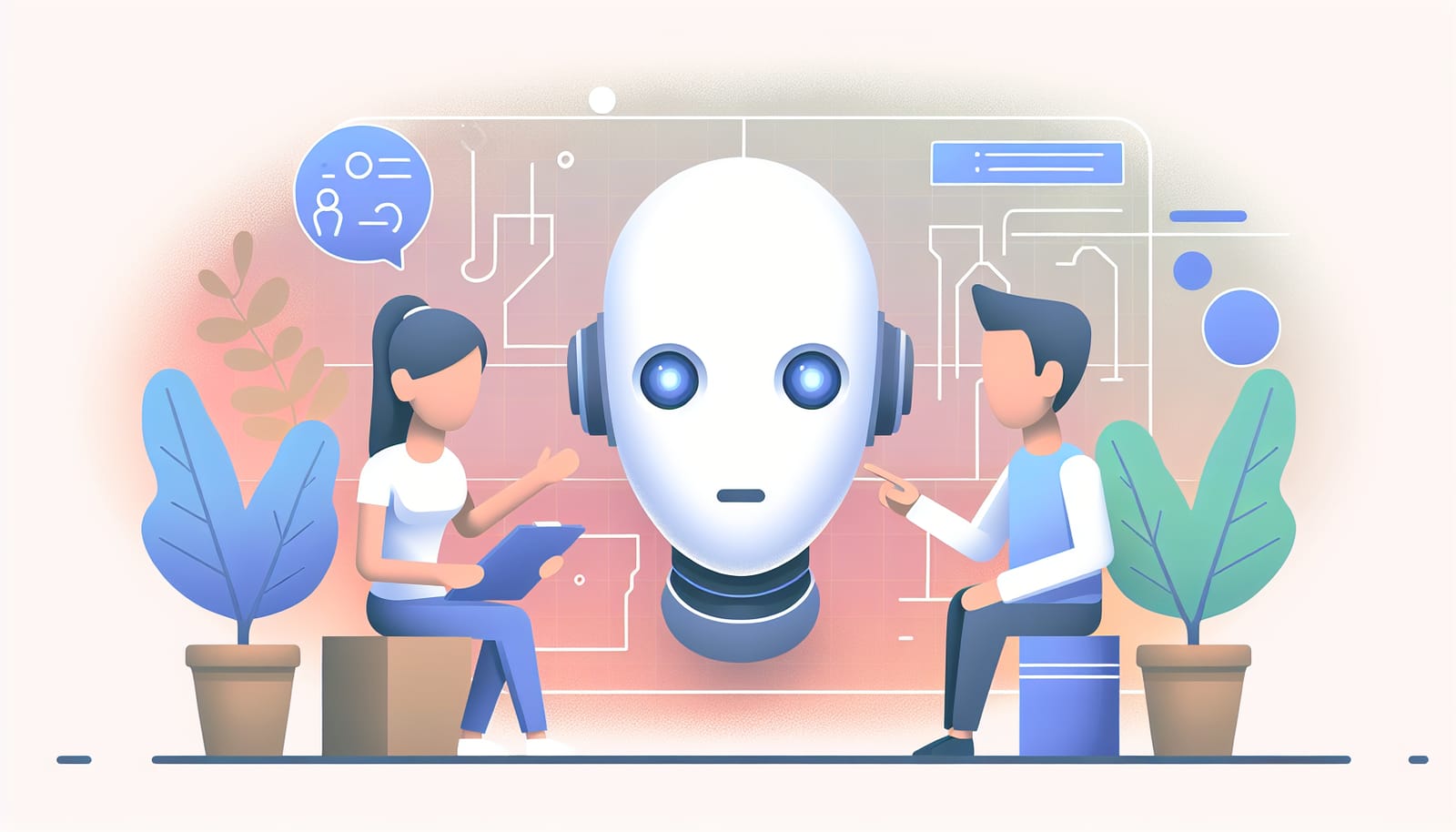Artificial Intelligence, or AI, has been a buzzword for years now. From self-driving cars to virtual assistants like Siri and Alexa, AI is all around us. But with all the excitement surrounding this technology, there's also a lot of fear and misinformation. One of the most common myths is that AI is an unstoppable force that will take over the world. In this article, we'll explore this myth and reveal the truth about AI.
What is AI, Really?
Before we dive deeper into the myth of AI as an unstoppable force, let's clarify what AI actually is. In simple terms, AI refers to computer systems that can perform tasks that typically require human intelligence. This includes things like understanding natural language, recognizing patterns, and making decisions.
There are two main types of AI: narrow AI and general AI. Narrow AI is designed to perform specific tasks, such as playing chess or recommending movies. This is the type of AI we encounter every day. General AI, on the other hand, refers to a system that could understand and learn any intellectual task that a human being can do. As of now, we are far from achieving general AI.
The Fear of AI Taking Over
The fear that AI will become an unstoppable force often stems from science fiction movies and books, where machines overpower humans and lead to catastrophic consequences. While these stories are entertaining, they don't reflect the reality of AI development today.
AI operates based on algorithms and data fed into it by humans. It cannot think, feel, or make independent decisions like a human can. Therefore, it is not a sentient being that can decide to take over the world. Instead, AI is a tool created by people to help us solve problems and improve our lives.
Why AI is Not Unstoppable
1. Human Control
One of the most important things to understand is that humans are in control of AI. While machines can process data and make decisions, they do so within the parameters set by their human creators. This means that AI systems can be designed with safeguards and limitations to prevent them from making harmful decisions.
2. Dependence on Data
AI relies heavily on data to function effectively. If the data is flawed or biased, the AI's outputs will also be flawed or biased. This dependency means that AI cannot operate independently; it requires human input and oversight to ensure its accuracy and fairness.
3. Ethical Considerations
As AI technology advances, ethical considerations are becoming increasingly important. Society is actively discussing how to use AI responsibly and ethically. Governments, organizations, and individuals are working together to create guidelines and regulations to ensure that AI is used for the benefit of all.
The Positive Impact of AI
Instead of viewing AI as an unstoppable force, it's more helpful to see it as a powerful tool that can enhance our lives. AI is already making a positive impact in various fields, including healthcare, education, and transportation.
Healthcare
In healthcare, AI is being used to analyze medical data, helping doctors diagnose diseases more accurately and quickly. For example, AI can examine medical images like X-rays and MRIs to identify abnormalities that may be missed by the human eye. This means better patient outcomes and faster treatments.
Education
In the field of education, AI can personalize learning experiences. Tools like intelligent tutoring systems can adapt to a student's individual learning style, providing tailored support and resources. This helps students learn more effectively and at their own pace.
Transportation
AI is revolutionizing transportation with the development of self-driving cars. These vehicles use complex algorithms and vast amounts of data to navigate safely and efficiently, reducing the risk of accidents and improving traffic flow.
The Future of AI: Collaboration, Not Competition
As we look to the future, it's important to recognize that the relationship between humans and AI should be one of collaboration rather than competition. AI is designed to augment human abilities, not replace them. By working together, we can harness the power of AI to solve complex problems and improve our world.
Embracing the Change
Instead of fearing AI, we should embrace its potential. By learning about AI and its capabilities, we can better understand how to use it responsibly and effectively. Education is key. Schools and communities should promote discussions around AI, helping people of all ages grasp its implications and possibilities.
Conclusion: Myths vs. Reality
In conclusion, the myth of AI as an unstoppable force is just that—a myth. While AI is a rapidly advancing technology with incredible potential, it is ultimately a tool created and controlled by humans. By understanding its limitations and working together to guide its development, we can ensure that AI serves to enhance our lives rather than dominate them.
As we navigate this exciting frontier, let’s focus on the positive aspects of AI and use it to make the world a better place. With education, ethical considerations, and a commitment to collaboration, we can harness the power of AI while keeping it in check. So, the next time you hear someone talk about AI as an unstoppable force, remember: it's not the machines we should fear, but our misunderstandings of them.
Together, let's explore the wonderful world of AI and discover how it can enrich our lives!


